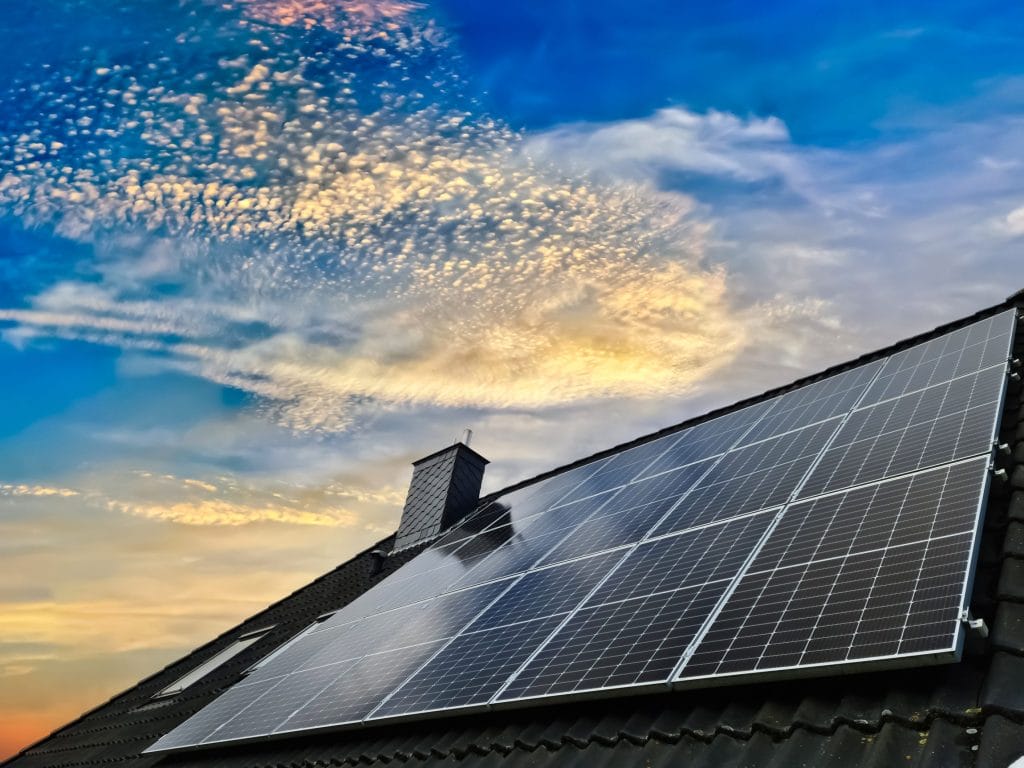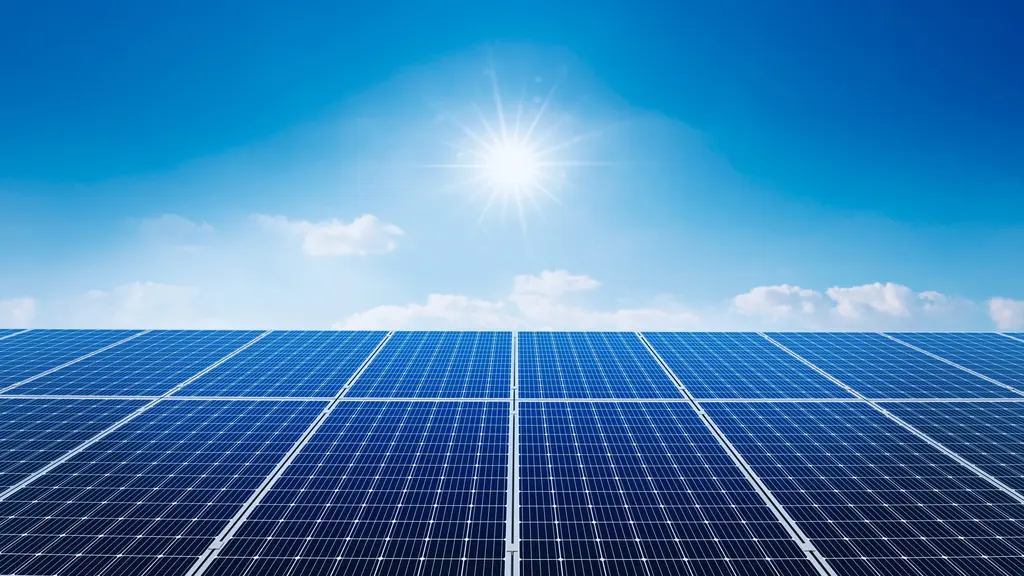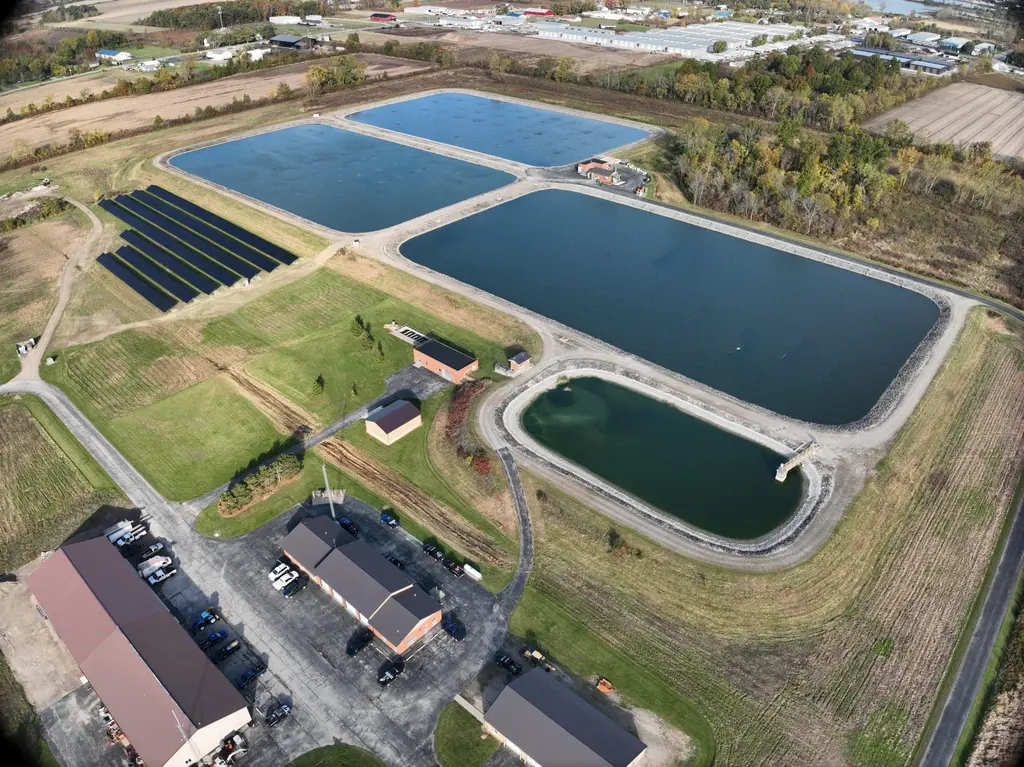Solar panel prices have been falling ever since the technology was invented. 40 years ago the solar cells alone (not counting the other components) cost $2,000 per watt. Today, an entire system, including permitting and engineering, can be built for about $2 per watt. The previous two years alone saw a nearly 50% reduction in solar panel prices.
However, as solar panel prices fall, the dollar amount of each percentage point becomes smaller and smaller. Today’s panel prices are so low that many solar panel makers are struggling to remain profitable. The solar panel manufacturing sector has entered a tough period of mergers, acquisitions, down-sizing and right-sizing. Currently, we are in a period of overcapacity on solar panels. How this will affect prices in the future is not clear, but solar panel prices have stabilized in recent months and could soon begin to increase.
Historically, the solar panels were the largest piece of the cost equation in a solar energy system. As a result, the total system price trends followed the panel price trends.
Today, the substantial drops in solar panel prices means that the solar panels now have a much smaller affect on the overall cost of a complete system. Costs of the other equipment (which includes racking, inverters, wires, and conduit) are tied to the cost of commodity metals like copper, and these prices are not expected to decline anytime soon. Labor prices, project management costs, and engineering costs are currently at their most competitive and will likely not decline further.
Meanwhile, increases in other project requirements (such as structural engineering and permit fees, and electrical safety and project oversight requirements) are gradually adding to the list of cost items incurred on any project.
On the whole then, the price of a solar system is expected to remain fairly constant for the foreseeable future. Any reductions are projected to be small, while the possibility of price increases becomes more real as the market shakes out.







